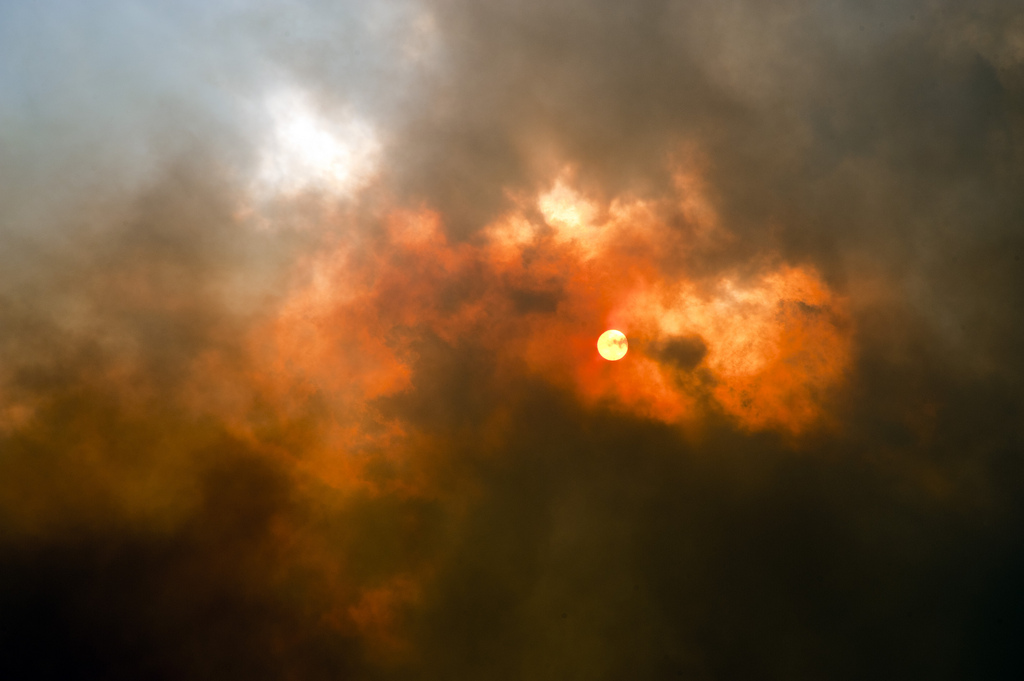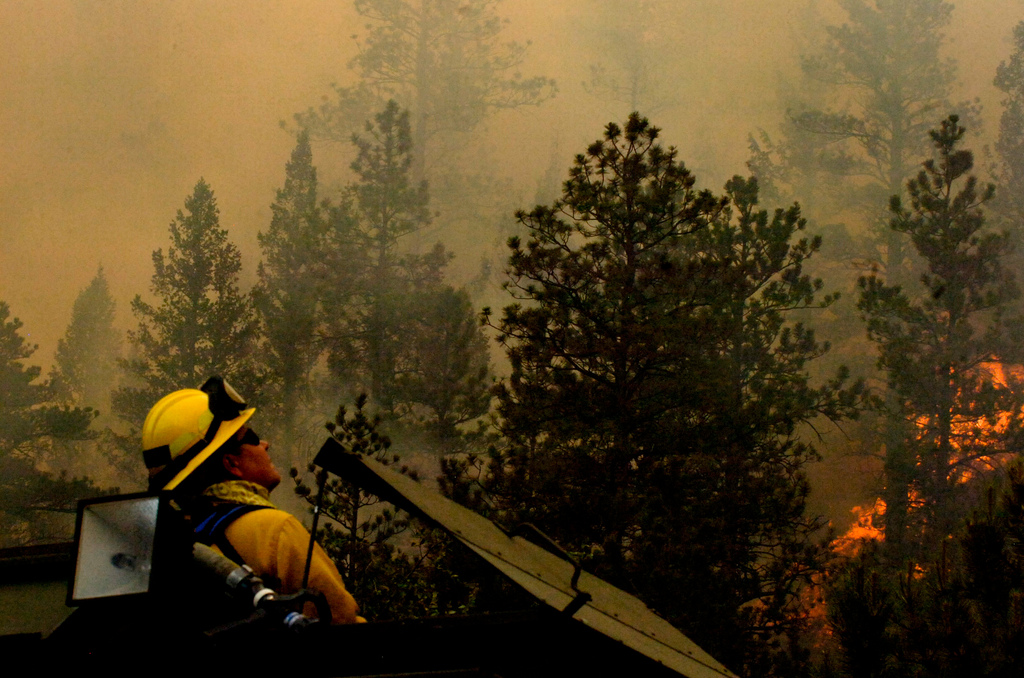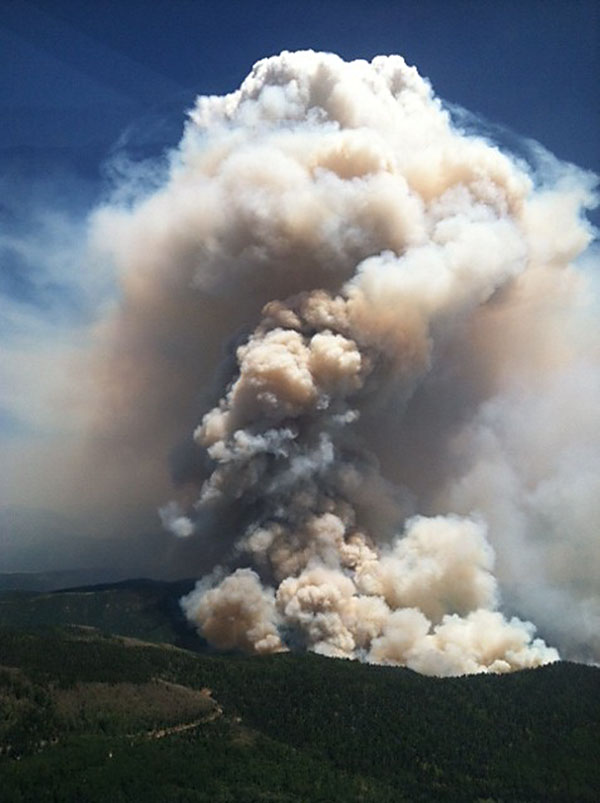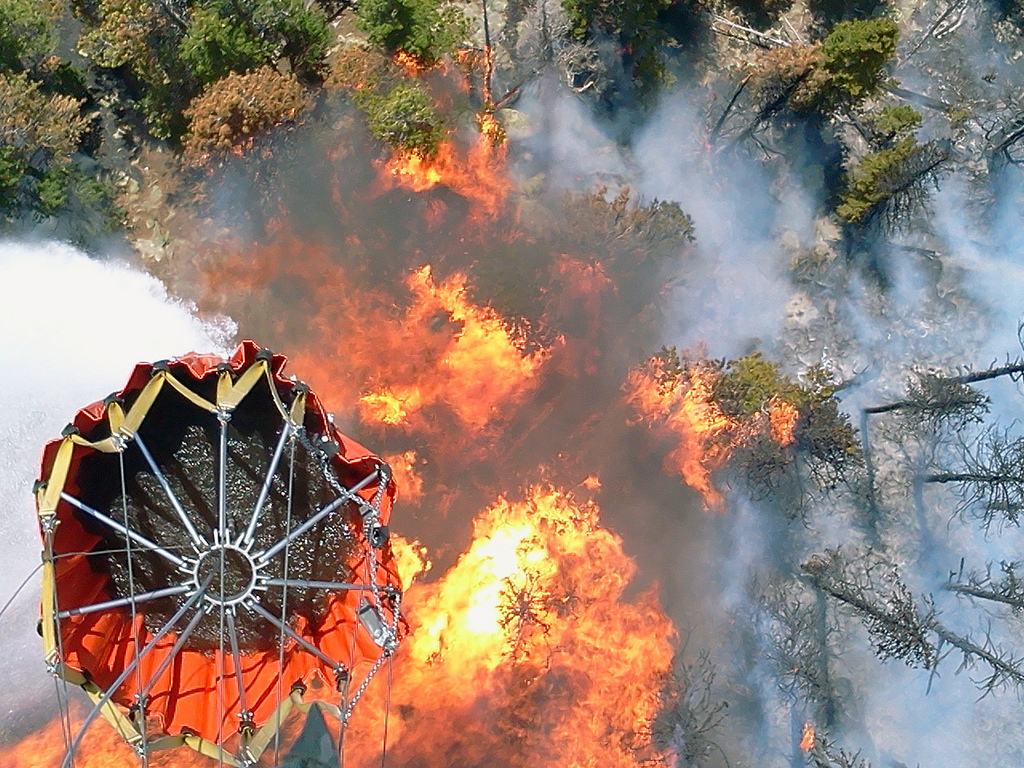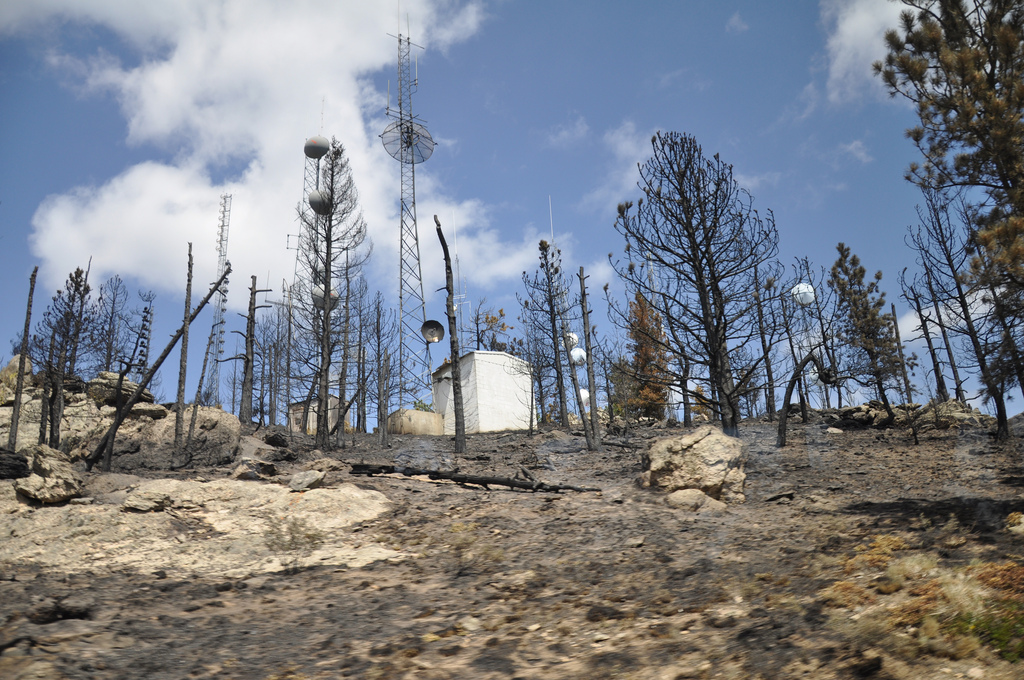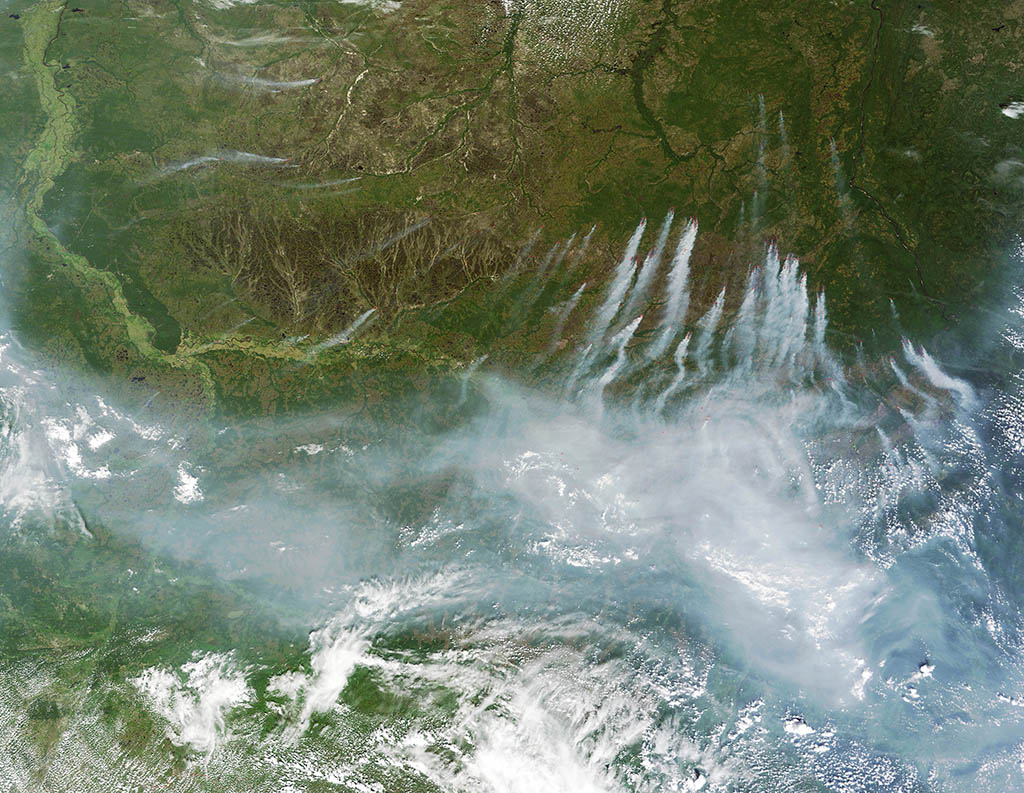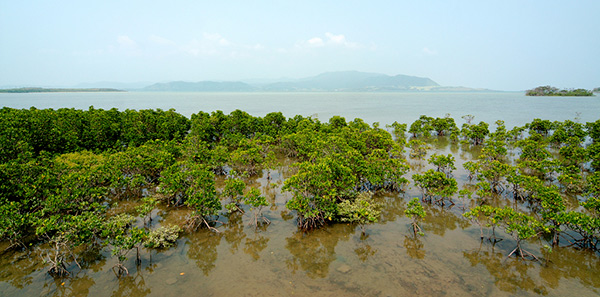
Let’s imagine it’s 48 B.C.E., and the Library of Alexandria is burning.¹ Bits of ash are floating down from the superheated updrafts, remnants of what was the world’s greatest collection of written knowledge to date. You’re standing just outside the door, and you have five minutes to dash in and grab whatever you can carry. Do you focus on one section to save, say, Aristotle’s works on biology and anatomy? Or do you run from stack to stack, hoping to rescue a cross-section of classical scholarship?
Fun choice, huh? Yet those are the sorts of decisions that conservation biologists make all the time. They’re constantly trying to answer a question that has no good answer: “Which remaining bits of nature should we try to protect?” They know we can’t save them all. There’s only so much money and land to go around. They also know that how is an equally important question. Do you set aside a single large reserve or several small ones? Get the answer wrong, and poof, nature as we know it is gone.
With stakes like those, it’s no wonder conservation biologists have been arguing over that question for several decades. David Quammen ably covered the debate in The Song of the Dodo—a highly recommend read—but I’ll briefly summarize it here.
In the 1960s, young scientists Robert MacArthur and Edward O. Wilson were restless. MacArthur was a quantitative ecologist looking to shake up the sleepy field of biogeography—what species occur where and why—and Wilson was an entomologist cum field ecologist tired of merely cataloging new facts about ants. MacArthur was searching for a way to describe mathematically what he saw in biogeographic data. Wilson had such data from his research on Pacific islands and their ant species. Together, they hammered out the theory of island biogeography, which says that larger islands hold more species. Specifically, an island that is 10-times smaller will have two-times fewer species. When MacArthur and Wilson published their ideas, they swept through ecology like wildfire, quickly modernizing the once descriptive and theoretically-challenged science.
Fast-forward to 1975. Jared Diamond—yes, that Jared Diamond—had been conducting his own biogeographic research. Now, he was proposing that to best protect biodiversity, a single large reserve would be preferable to several small ones that totaled the same area. It was, he argued, a logical extension of MacArthur and Wilson’s theory of island biogeography. After all, protected areas are themselves islands marooned in a sea of cities and farms. Just as a larger island tends to hold more species, so too could a larger park protect more biodiversity. And, he added, larger parks are better habitat for big, charismatic megafauna like elephants, lions, and bears.
Needless to say, not everyone agreed. Dan Simberloff—who had been Wilson’s grad student in the 1960s—and Lawrence Abele published a rebuttal to Diamond’s paper the following year. They argued that, given the realities of conservation, putting all our eggs into large parks would be both untenable—purchasing large tracts of land is costly and difficult—and unwise—problems in a single park could doom an entire species. But small parks would provide some insurance and be easier to establish. Plus, there are many species for which reserve size isn’t everything, but geography is. Smaller, more targeted reserves would be a better fit for them.
Not long after Simberloff and Abele published their paper, ecologists began picking sides. It was a contentious debate then, and it still pops up at conferences and in scientific journals. If you talk to participants today, as I did in 2005, each side will say they won, that the debate has been settled. Clearly, that’s not the case.
One of the more recent flare-ups came from a quartet of Australian scientists who asked the same question for the umpteen-thousandth time—single large or several small? But this time, they added a twist. They admitted—in mathematical terms—that we don’t know the answer to a particularly germane question: Which species will go extinct and when?
Typically when conservation biologists design protected areas, they attempt to minimize extinction risk. To do that, they first need to determine what the expected extinction risks are. Those are difficult numbers to pin down accurately. So the authors of the new paper suggest a different approach. Rather than attempting to minimize risks, we should be striving for acceptably small risks. It’s a subtle distinction that could change everything.
Acceptable risk rather than absolute minimum risk is a more realistic target. Reserves designed for minimum extinction risk are setting themselves up for failure, in a way. There’s no way they can reduce extinctions to an absolute minimum. For one, it’s impossible to exclude people from an area entirely, and, as we’ve come to realize, many landscapes wouldn’t exist without human intervention. Besides, no species are really beyond human reach any more—climate change has made sure of that. Aiming for acceptably small risks acknowledges both the limits of our knowledge and the extent of human impact.
But the paper’s authors don’t stop there. They can’t help but toss their two cents into the single large or several small debate. Their answer? Seven reserves. If that number seems too precise to fit all scenarios, remember that this was a modeling experiment—hypotheticals have a way of being oddly exact. What’s more important is that “seven” represents a middle path, of sorts. Seven is neither a single reserve nor is it many. It does lean more toward the “single large” camp—the authors admit as much—but it also recognizes that one monolithic reserve is a risky bet. With seven, individual reserves can be large enough to buffer park interiors, while the overall network provides redundancy.
That’s not to say this paper settles the debate. Quite the opposite, I would bet. But I think it does make an important contribution, that some level of extinction risk is acceptable. For too long, we’ve viewed conservation in black and white, that if we don’t do everything to save a species, we might as well do nothing. In reality, there are a million shades of gray. By liberating ourselves from this binding dichotomy, we can devote more energy and resources to slowing extinction rates.
Ultimately, though, setting aside land for protection will only get us so far. It’s an approach we’ve been using for years, and it hasn’t done much to slow extinction rates. Nature’s library is still burning. If we really want to protect biodiversity, we’ll have to do more. We’ll have to put out the fire. For that, we’ll need more than a few people running in to save what they can. Like an old fashioned bucket brigade, we’ll all have to chip in. That will require real change on our part. All of us.
Sources:
Michael A. McCarthy, Colin J. Thompson, Alana L. Moore, & Hugh P. Possingham (2011). Designing nature reserves in the face of uncertainty. Ecology Letters, 14 (5), 470-5 PMID: 21371231
Quammen, David. 1996. The Song of the Dodo: Island Biogeography in an Age of Extinctions. Scribner, New York. 702 pp.
Photo by ken2754@Yokohama.
Related posts:
Animals seek calm seas in oceans of human influence
Wilderness housing boom challenges conservation
The map that started it all
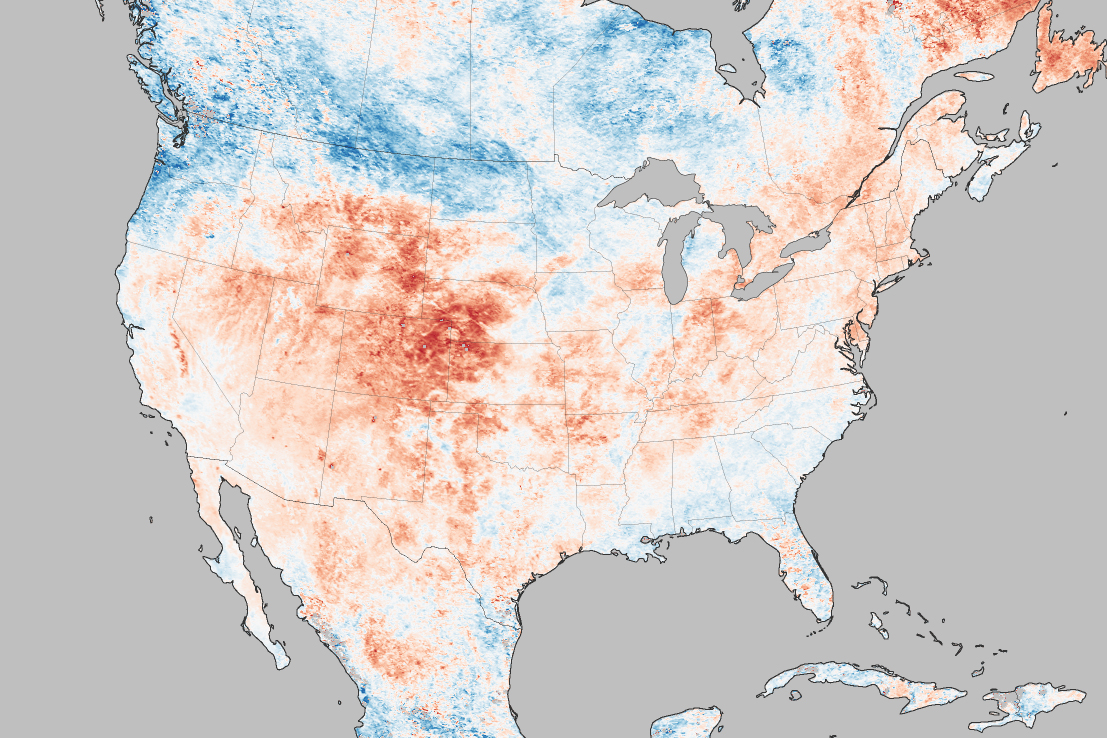
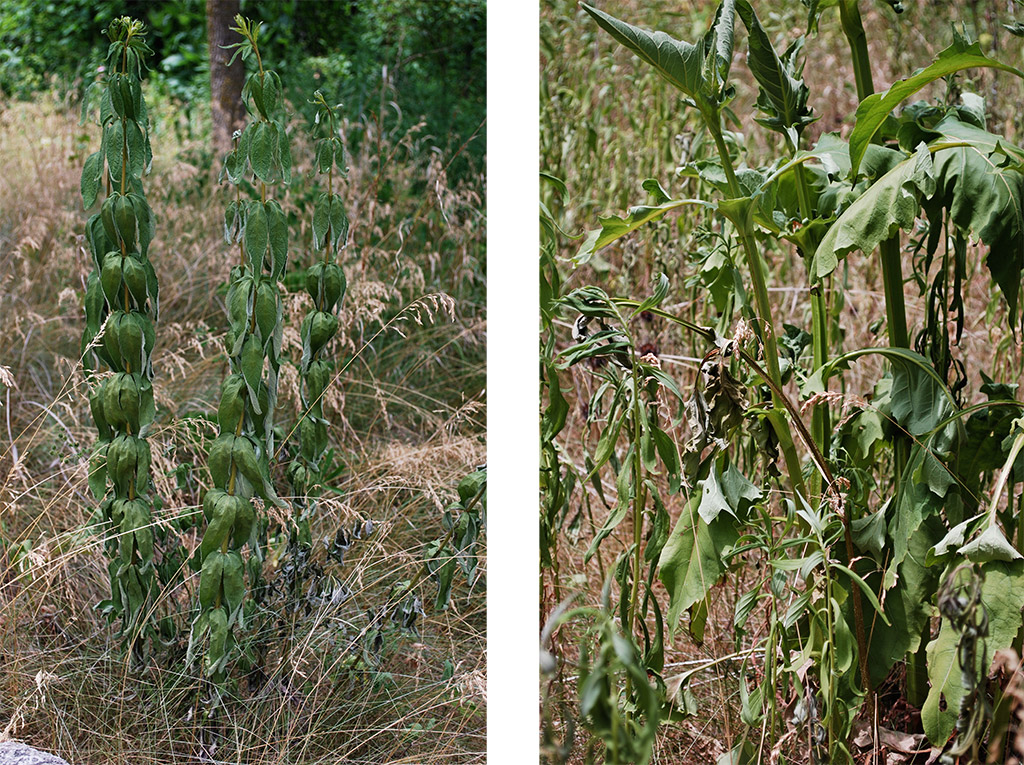 Paul De Chant
Paul De Chant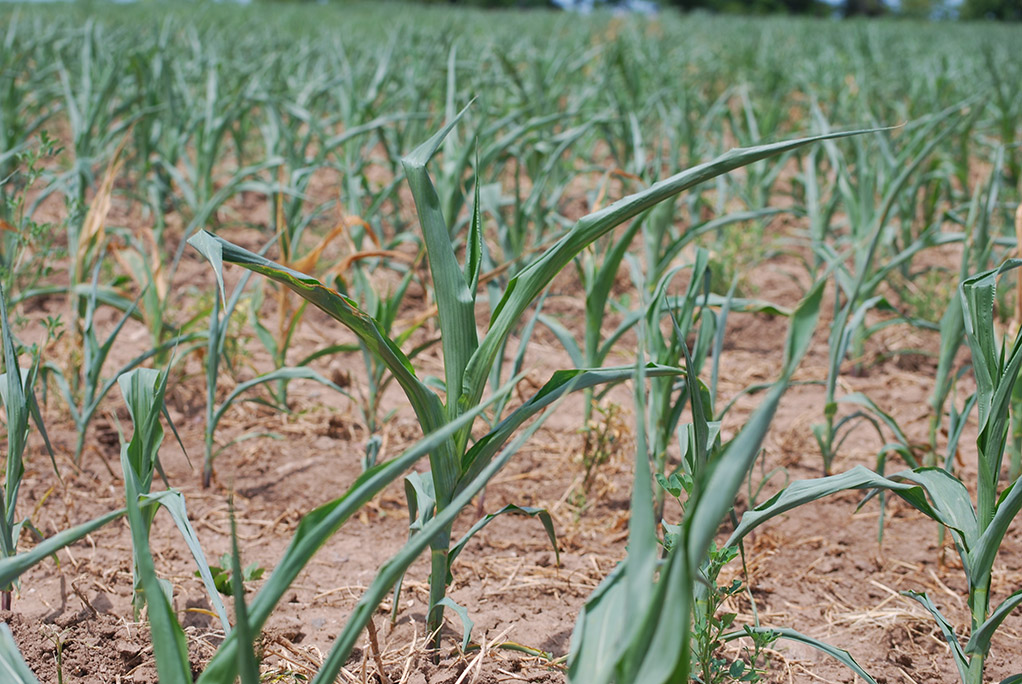 Paul De Chant
Paul De Chant
